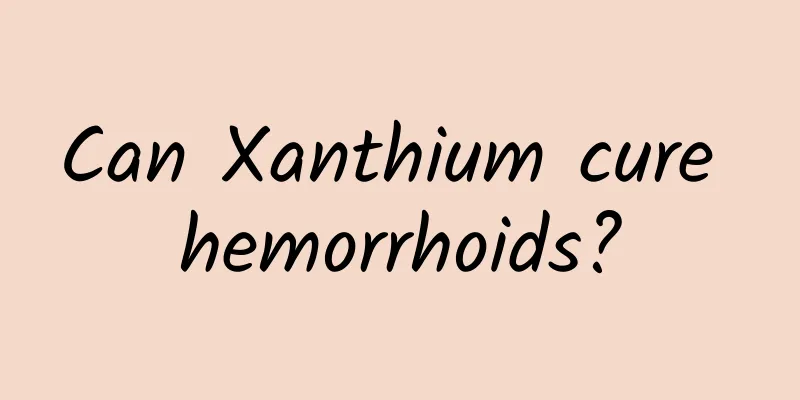What are the medicinal values of Yunlingzhi?

|
Ganoderma lucidum has always been a Chinese herbal medicine that everyone is familiar with. There are also many types of this kind of Chinese herbal medicine. Most of the Ganoderma lucidum that we often encounter in life are of the cloud type, and it is also called fairy grass. This is mainly because the medicinal value of this medicinal material is very wide and can treat many sudden diseases. Therefore, it is called a good medicine for treating diseases. It also has a certain ornamental value because the color of Ganoderma lucidum itself is relatively bright and beautiful. Ganoderma lucidum is commonly known as Lingzhi grass, and was called auspicious grass or fairy grass in ancient times. It has always been used as a good medicine for curing diseases, a symbol of good luck and a natural ornamental. In ancient times, Ganoderma lucidum was believed to be a medicinal substance that could benefit the heart, calm the spirit, strengthen the bones and muscles, and improve complexion. It is mainly used to treat neurasthenia, dizziness, insomnia, and consumptive cough. According to modern medical research, Ganoderma lucidum has many functions such as strengthening sperm, anti-inflammatory, analgesic, antibacterial, immune, detoxification, diuretic, and blood purification. It has certain therapeutic effects on many diseases such as cancer, cerebral hemorrhage, heart disease, gastrointestinal disease, leukemia, neurasthenia, chronic bronchitis, etc. As a health food, Ganoderma lucidum contains two most precious ingredients. One is organic germanium, which contains 800-2000ppm, 3-6 times the amount of germanium in ginseng. Germanium can eliminate cholesterol, fat, blood clots and other impurities in the blood, making blood circulation smooth. It can also enhance the red blood cells' ability to carry oxygen and promote metabolism, thus having the effects of fitness, beauty and anti-aging. The second is high-molecular polysaccharides, which can strengthen the human immune system and improve resistance to disease. It can also inhibit the deterioration and spread of cancer cells. Currently, there is a "Ganoderma lucidum fever" in countries such as Japan, the United States and Hong Kong, which advocates eating more healthy food - Ganoderma lucidum to achieve the purpose of prolonging life. The main chemical components of Ganoderma lucidum include ergosterol 0.3% to 0.4%, fungal lysozyme and acid protease, L-mannitol and linalool. The soluble extract contains water-soluble proteins, various amino acids such as aspartic acid, glutamic acid, arginine, lysine, leucine, alanine, tryptophan, threonine, proline, methionine, phenylalanine, serine, polypeptides and polysaccharides. It also contains resin, lactone, coumarin, etc. Ganoderma lucidum contains ergosterol, and its organic acids are ricinoleic acid and fumaric acid. In addition, it contains amino acids, glucose, polysaccharides, resins and mannitol. Generally, Ganoderma lucidum reacts with alkaloids, sterols, lactones, coumarins, acidic resins, amino acids, oils, and reducing substances. The chemical composition of Ganoderma is relatively complex and varies depending on the strain used, the origin of the strain, the cultivation method, the extraction process, and the preparation method. The fruiting bodies, mycelium and spores of the genus Ganoderma contain polysaccharides, nucleosides, furan derivatives, steroid enzymes, bioalkaloids, proteins, polypeptides, amino acids, triterpenes, sesquiterpenes, organic germanium, inorganic salts, etc. Ganoderma lucidum polysaccharide is one of the main active ingredients of Ganoderma lucidum, which has anti-tumor, immunomodulatory, hypoglycemic, antioxidant, lipid-lowering and anti-aging effects. Ganoderma lucidum contains no less than a hundred kinds of triterpenes, among which tetracyclic triterpenes are the main ones. The bitter taste of Ganoderma lucidum is related to the triterpenes it contains. Triterpenes are also one of the effective ingredients of Ganoderma lucidum. They have cytotoxic effects on human liver cancer cells, can inhibit the release of histamine, have liver-protecting effects and have anti-allergic effects. The medicinal value of Yun Lingzhi is quite rich. Generally speaking, it can be used to treat certain chronic diseases. Because the treatment effects of these diseases themselves are not so good, they can be treated with a combination of Chinese and Western medicine. If you do not have any disease in your body, taking Lingzhi can also achieve certain health-care effects. However, do not take Lingzhi excessively to avoid overnutrition. |
<<: What are the medicinal values of Alisma?
>>: What are the medicinal values of iron leaves?
Recommend
The efficacy and function of duck gizzard
As a traditional Chinese medicine, do you know th...
What are the beauty effects of white Poria cocos?
White Poria is an ingredient in many whitening pr...
This "flip-flop" saved Zhou Guanyu from the hands of death
In the F1 British Grand Prix, Chinese driver Zhou...
The efficacy and function of beeswax
Traditional Chinese medicine culture is profound ...
The efficacy and function of tender lotus seeds
Nature has gifted humans with abundant food. Thes...
Sichuan and Chongqing dialects dominate the nation's laughter
Loading long image... Source: National Geographic...
The efficacy and function of iron powder
There are so many medicinal herbs in the world, a...
The efficacy and function of white soil yam
The environment is now seriously deteriorating an...
Two little bees flying in the desert? Explore the bee habitat in the desert oasis
Produced by: Science Popularization China Author:...
The efficacy and function of Erlang Sword
Nowadays, our living standards are constantly imp...
The complex three-body problem has tens of thousands of solutions?
Science and Technology Daily, Beijing, September ...
State Post Bureau: During the 2024 Spring Festival holiday, 641 million express parcels were delivered nationwide, an increase of 82.1% year-on-year
The State Post Bureau released the test data duri...
Cold wave + strong wind + sandstorm! If you are preparing to start work, please take these precautions!
1Cold wave orange warning! The Central Meteorolog...
What are the effects and ways to eat plantain?
Everyone knows that plantain is a traditional Chi...

![The efficacy and function of allium sibiricum[picture]](/upload/images/67ca189ba76ae.webp)






![The efficacy and function of Tiankuizi [picture]](/upload/images/67ca0cfe81bb8.webp)
